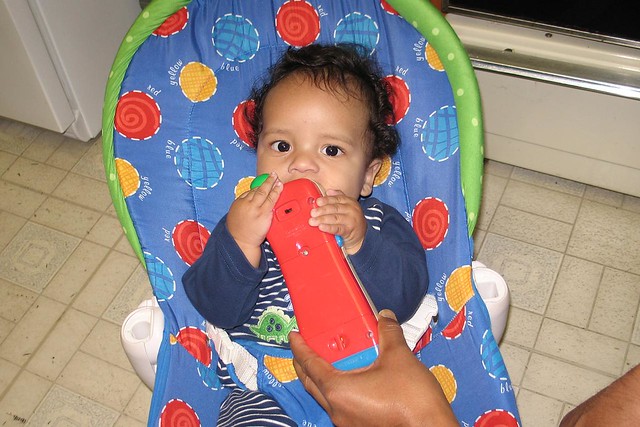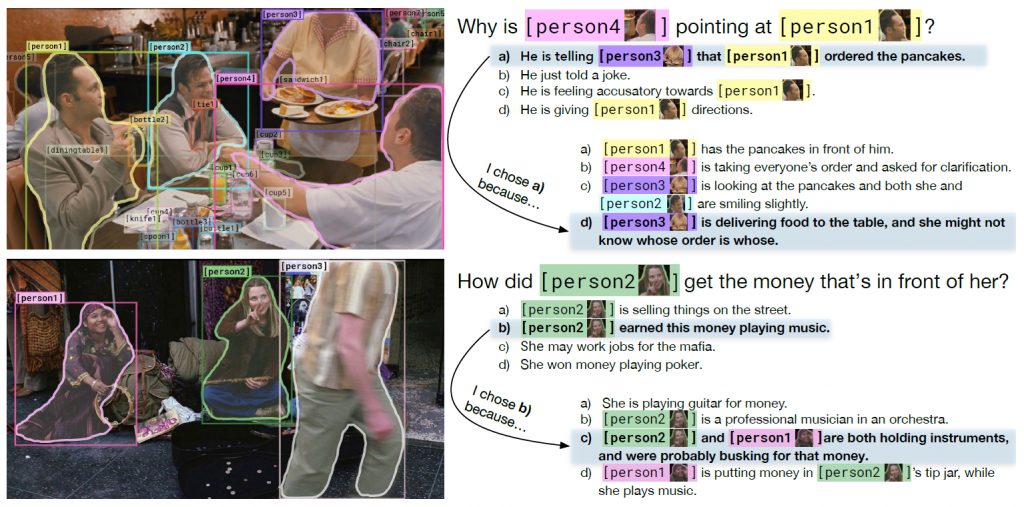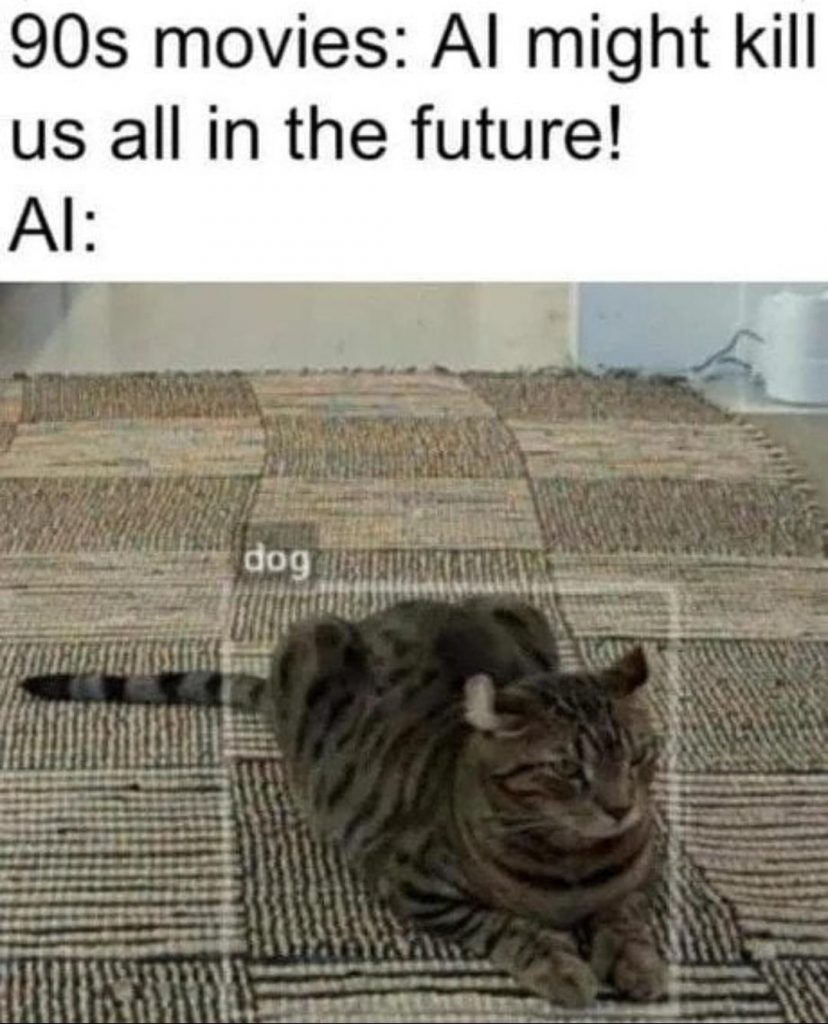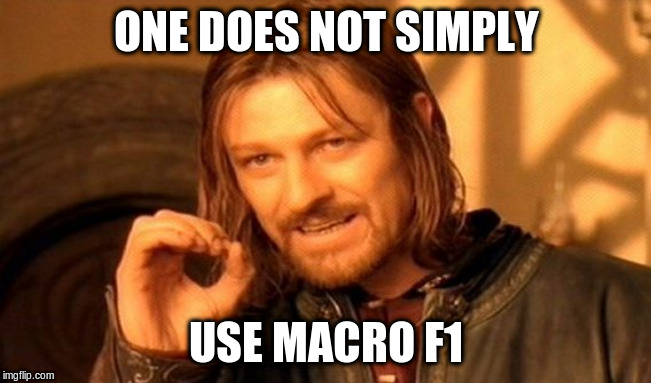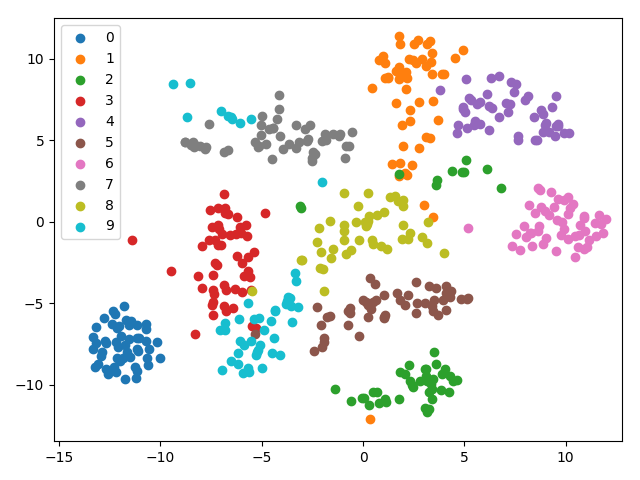Lorem ipsum dolor sit amet, consetetur sadipscing elitr, sed diam nonumy eirmod tempor invidunt ut
labore et dolore
magna aliquyam erat, sed diam voluptua. At vero eos et accusam et justo duo dolores et
ea rebum. Stet
clita kasd gubergren, no sea takimata sanctus est Lorem ipsum dolor sit amet. Lorem ipsum dolor sit amet, consetetur
sadipscing elitr, sed diam
nonumy eirmod tempor invidunt ut labore et dolore magna aliquyam erat, sed
diam voluptua. At
vero eos et accusam et justo duo dolores et ea rebum.

